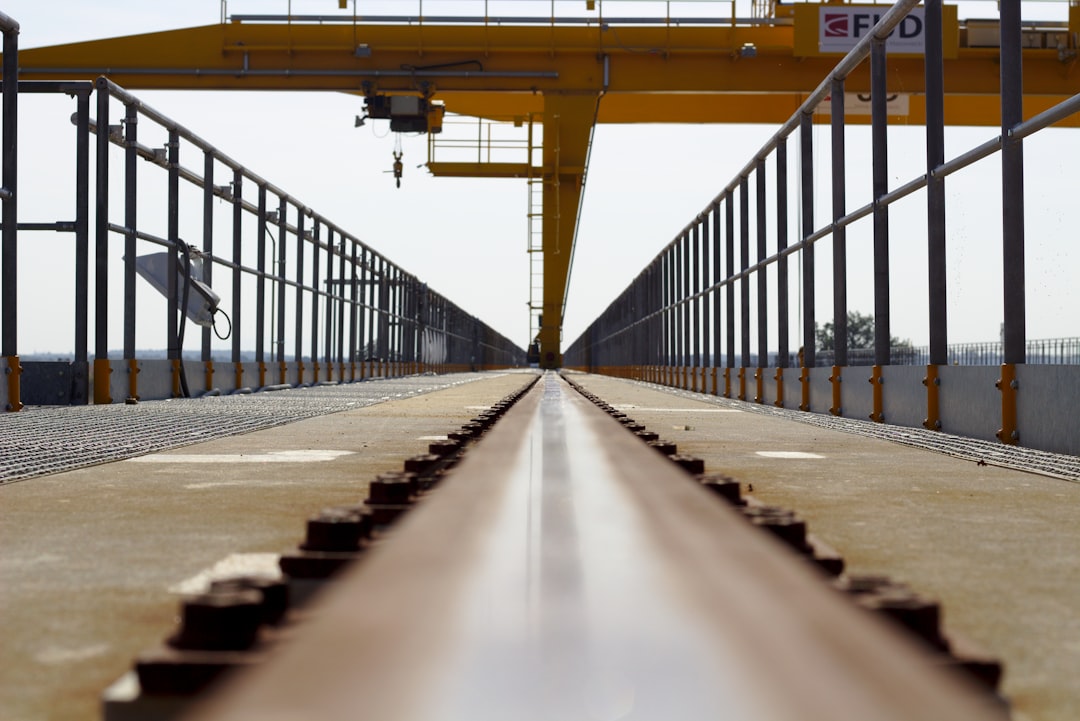Summary: The American economy is heavily invested in AI, with massive deals between giants like Nvidia, OpenAI, and Oracle driving stock prices and growth projections. However, many of these deals appear circular, raising concerns about whether they represent real value or just money moving in circles. While AI technology shows promise, actual enterprise adoption and returns remain uncertain. Experts warn that if these investments don’t translate into real revenue, the interconnected web of AI financing could unravel, much like past financial bubbles. For now, optimism prevails, but the question remains: can the AI conveyor belt of capital keep running?
A Big Bet on AI: The Current Economic Landscape
The American economy is increasingly seen as a massive wager on artificial intelligence. Morgan Stanley investor Ruchir Sharma recently highlighted that investments in AI are projected to contribute about 40% of the United States’ GDP growth in 2025. Moreover, AI companies are responsible for roughly 80% of growth in American stock markets. This surge is fueled by high-profile deals among AI giants, which have significantly boosted stock prices.
Are These AI Deals Just Money Moving in Circles?
Recent deals have raised eyebrows. Nvidia announced a $100 billion investment into OpenAI; OpenAI committed to paying $300 billion to Oracle for computing power; and Oracle plans to purchase $40 billion worth of chips from Nvidia. This cycle of agreements gives the impression of money simply circulating among these companies. But is this just a case of round-tripping?
Understanding Round-Tripping
Round-tripping generally refers to unethical or illegal transactions designed to artificially inflate the perceived value of assets or companies. In this context, it would mean tech firms making deals with each other primarily to boost stock prices without generating real economic value.
The Reality Behind AI Adoption and Returns
On the surface, these deals could be mutually beneficial, potentially leading to increased capacity and faster AI development. Rishi Jaluria, an analyst at RBC Capital Markets, suggests that better AI models could unlock new use cases and generate real returns for customers, leading to cost savings and new revenue streams.
However, the proof lies in adoption and performance. While OpenAI has made technological advances, such as the Sora 2 video generation model, some releases like GPT-5 have underwhelmed. Adoption rates are mixed: 10% of the global population reportedly uses ChatGPT, and nearly 80% of businesses are exploring AI, but a Massachusetts Institute of Technology survey found that 95% of companies integrating generative AI tools have seen no return on investment.
Oracle and OpenAI: The Heart of the AI Investment Cycle
Oracle’s recent quarter was underwhelming by traditional metrics, missing revenue and earnings targets. Yet, its stock price soared due to a massive increase in remaining performance obligations—financial agreements promising future revenue. Much of this anticipated revenue hinges on OpenAI’s commitment to purchase $300 billion in computing power from Oracle over five years, starting in 2027.
This deal is ambitious. Oracle would need to generate 4.5 gigawatts of power capacity—more than twice the output of the Hoover Dam—to fulfill it. Meanwhile, OpenAI would have to pay about $60 billion annually, far exceeding its current $10 billion revenue. Similar circular deals exist, such as OpenAI’s agreement with AMD, where OpenAI receives shares in exchange for chip purchases, boosting AMD’s stock price.
The Risk of a Bubble: Lessons from the Past
These inflated revenue projections and circular deals evoke memories of past bubbles, like the Dot Com crash and the 2007 housing market collapse. Peter Atwater, an economics professor and consultant, compares the current AI investment ecosystem to the housing market’s “conveyor belts of capital,” where money flows through interconnected parties, making the system vulnerable if any part fails.
What Happens If the AI Investment Chain Breaks?
Atwater warns that overcommitment is common in bubbles, with buyers and sellers staking claims on scarce future commodities. When confidence falters, commitments are often the first to be cut. The AI market currently relies on continued credit availability, high equity valuations, and suppliers delivering on promises—all uncertain factors.
Major tech firms have invested around $560 billion in AI infrastructure over two years but have only generated $35 billion in AI-related revenue. OpenAI’s commitments exceed even these figures, while its data center projects will demand energy equivalent to that of New York City and San Diego combined—energy that isn’t currently available.
The Future of AI Investments: Hope vs. Reality
Ultimately, without consumers willing to pay for AI products, the sector cannot sustain itself. For now, optimism and confidence keep the AI investment ecosystem alive, with companies operating under the assumption they have time to figure out profitability. However, when confidence drops, investors will demand real performance quickly.
Atwater emphasizes that AI and Wall Street are deeply intertwined, with a few firms holding significant influence over the American economy. Many investors fear missing out on AI’s potential gains but may overlook the risks of inflated valuations driven by circular deals.
As Atwater puts it, “Why?” is often the last question asked in a bull market.
